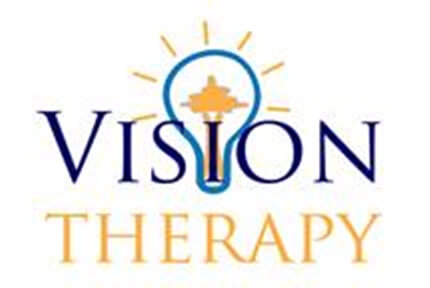 When most people think of vision, they think of how well a person can see up close or from afar. Many schools perform a simple vision screening to identify students who may be having difficulty seeing the board in the classroom.
When most people think of vision, they think of how well a person can see up close or from afar. Many schools perform a simple vision screening to identify students who may be having difficulty seeing the board in the classroom.
Unfortunately, these vision screenings don’t evaluate a child's functional vision, which comprises all of the fundamental visual skills required for learning.
As a result, many children with inadequate vision skills go undiagnosed and end up struggling in school and on the sports field. Often, these children are considered clumsy and sluggish and tend to be misdiagnosed and labeled as having a learning disability, dyslexia or ADHD.
Improving visual skills enables many of these students to read more effortlessly, boost grades and improve athletic performance.
Visual skills can be learned and retrained with vision therapy, particularly during childhood and adolescence, when the brain is still developing.
What Is Vision Therapy?
Vision therapy is a specialized treatment program that aims to enhance visual processing by developing and/or improving the communication between the eyes and the brain. The training is typically made up of specialized lenses, prisms, and eye exercises.
The following eye conditions can be effectively treated with vision therapy:
- Amblyopia (lazy eye)
- Strabismus (eye turns)
- Convergence insufficiency
- Eye movement problems
- Binocular vision problems
- Accommodative/focusing disorders
- Visual processing difficulties
- Visual disturbances from a brain injury
Vision Therapy Can Boost Your Child’s Confidence
Children who endure difficulty in school or on the sports field in reaction to subpar visual skills tend to feel frustrated that they cannot perform like their peers. This, in turn, affects their confidence levels and may lead them to exhibit behavioral issues and thwart their ability to make friends.
Vision therapy has been shown to transform lives. Children who previously struggled to read or catch a ball due to a deficit in visual skills usually see a significant improvement in their abilities and results in increased self-confidence and competence.
Vision therapy can help a child become a better student and achieve his or her academic goals. Moreover, vision therapy can be indispensable when preparing for higher education, since accomplishments can lead to a greater belief in one's own talents and abilities. This newfound self-assurance will undoubtedly spill over into other areas, improving the child’s quality of life.
Don't let your child's visual dysfunction prevent them from experiencing self-confidence and self-assurance. Contact Vision Therapy Institute of Calgary to learn how vision therapy can unlock your child’s hidden potential.
Vision Therapy Institute of Calgary provides vision therapy and other services to patients from Calgary, Bridgeland , Macleod Trail, Panorama Hills, and throughout .
Q: How long does a vision therapy program last?
- A: Since each case differs based on the nature and severity of the visual condition, there is no defined time limit. Patients can observe progress after just a few sessions, but treatment might last for several months. In general, once a child has completed a vision therapy program, the effects are permanent.
Q: How young can a child start vision therapy?
- A: Children as young as 5-6 years old can begin vision therapy, but formal in-office sessions are recommended for children aged 7 and up since they are better able to follow instructions.

